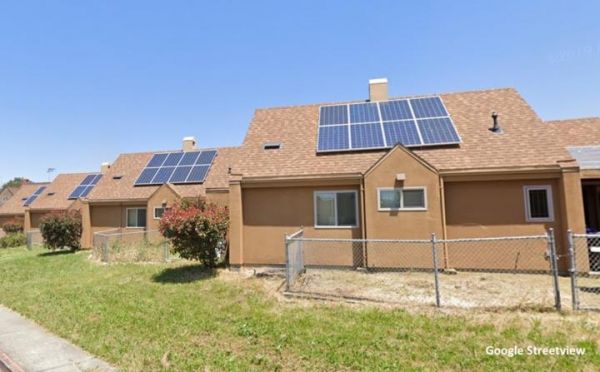As rooftop solar prices have fallen, many households at all income levels can now save money by going solar. Nonetheless, low- and moderate-income households remain less likely to adopt solar than high-income households. So, researchers at the Department of Energy’s Lawrence Berkeley National Laboratory (Berkeley Lab) set out to examine if certain policy and business models could improve adoption equity in terms of household income.
In a new study published in Nature Energy, the Berkeley Lab researchers found that three of the five policy and business models they studied, including targeted financial incentives and leasing models, do increase adoption of solar photovoltaics (PV) among low- and middle-income households, thus increasing adoption equity, which the authors define as the degree to which adopter incomes reflect the incomes of the general population.
Their study, “The impact of policies and business models on income equity in rooftop solar adoption,” uses household-level PV adopter income data covering more than 70% of the U.S. residential PV market.
“I think most people are aware that the benefits of solar energy have not been equitably distributed with respect to income. And the key takeaway of our study is: It doesn’t have to be that way – especially now that solar is getting cheaper,” said Eric O’Shaughnessy, a Berkeley Lab affiliate researcher and the study’s lead author. “The results were pretty robust. There’s no reason solar has to be an exclusive domain of high-income households.”
Read more at DOE/Lawrence Berkeley National Laboratory
Image: Solar panels in a Richmond, California neighborhood. (Credit: Google Streetview)


